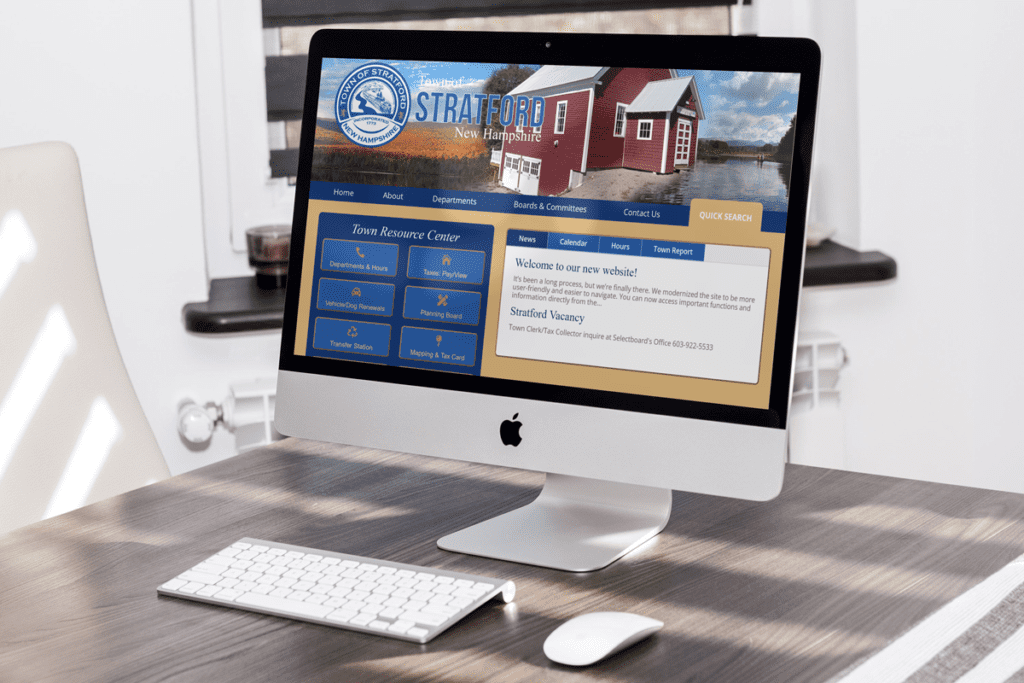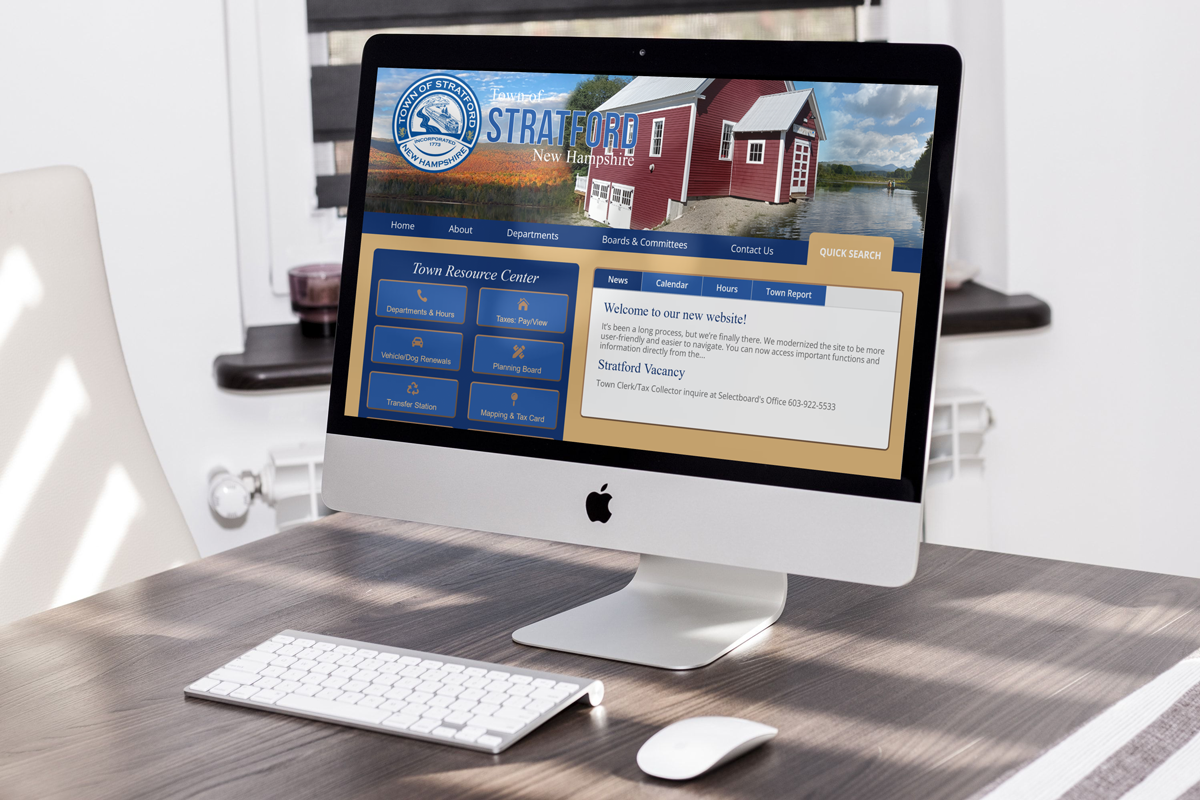So, you finally have a logo. Woohoo! This is a big moment. You’ve officially graduated from “thinking about it” to “legit business owner,” and that little icon or wordmark is the visual stamp of your brand. But now that it’s sitting in your inbox (probably in a folder full of mysterious file names and extensions), you’re likely wondering: What the heck do I do with it?
Let’s break it down. A logo isn’t just something you toss on a business card and call it a day. It’s meant to be seen, recognized, and remembered. It should be everywhere your brand lives. But first, let’s get to know those files.

What All These File Types Actually Mean
When your designer sends over the “final logo package,” it probably includes a mix of file types like PNG, JPG, SVG, PDF, maybe even EPS. It might look like alphabet soup, but each format serves a purpose.
PNG is your best friend for most online uses. It’s great because it can have a transparent background, which means no awkward white boxes behind your logo when you put it on top of other images or colors. It’s crisp and clean, perfect for websites, emails, and anything digital.
JPG files are common and useful when transparency isn’t needed. They tend to be smaller in file size, making them a good choice for things like newsletters or blog posts where speed matters, and background color doesn’t.
SVG files are for the web pros. These are vector files, meaning they’re scalable without losing quality—no pixelation, no fuzziness, no matter the screen size. They’re super handy for websites, especially responsive ones.
PDFs are perfect for print. If you’re handing off your logo to a printer for business cards, brochures, or signs, the high-resolution PDF format will keep everything looking sharp and professional.
EPS is another print-friendly file and often used by professional designers or printers. You probably won’t need to open it yourself (unless you love Adobe Illustrator), but it’s good to have in your toolkit just in case.
Once you’ve got all these file types, do yourself a favor and create a neat little folder system. Label them by use—like “web,” “print,” “transparent,” and “black and white.” That way, when you need one, you’re not digging through your downloads folder like a raccoon in a trash can.
Your Website: Prime Logo Real Estate
The number one spot your logo belongs is on your website. It should be right at the top, ideally in the upper-left corner of your header. That’s where people naturally look for branding when they land on a site. It’s also a good idea to make it clickable so that it takes users back to your homepage.
Don’t forget your favicon—that teeny-tiny icon that shows up in your browser tab. It might seem minor, but it adds polish to your site and makes your brand easier to spot when someone has 37 tabs open. A simplified version of your logo, like just the symbol or initials, works best here.
Social Media: Keep It Consistent
Now it’s time to spread the logo love to your social media profiles. Use it as your profile picture on platforms like Instagram, Facebook, LinkedIn, and anywhere else your business shows up online. Depending on the space available, you might use the full logo or just a simplified mark. If your logo is long and horizontal, you may need a stacked version to make it fit nicely in a square or circle frame.
Add it to your banners, highlight covers, and even your post designs. Consistency is key. When people scroll past your posts or stories, that visual identity should instantly register. It’s like your digital signature.
Your Email Signature: That Final Touch
One place that’s often overlooked? Your email signature. Whether you’re replying to clients, sending out invoices, or connecting with leads, your emails should have a branded sign-off. A small version of your logo tucked neatly below your name makes even the most routine emails feel professional and intentional.
Printed Materials: Beyond the Screen
Let’s talk about paper. If you’re creating business cards, brochures, menus, flyers, or any kind of printed material, your logo should be front and center. Not in a “giant billboard” kind of way, but make sure it’s there, sized appropriately, and looking crisp. This is where those high-res PDFs and EPS files come in handy. Printers will ask for them, and if you send them a fuzzy JPG instead, they’ll send it right back.
Documents and Forms: Branding Where You Don’t Expect It
You might not think branding matters on invoices, contracts, or proposals, but trust me—it does. Adding your logo to these everyday documents builds consistency. It helps clients remember who they’re dealing with and reinforces the idea that you’re polished and prepared. Even a simple header with your logo can elevate a PDF and make it feel intentional.
Branded Swag and Packaging
If you’re selling physical products or giving out swag like stickers, mugs, or t-shirts, your logo is the star of the show. Use a vector file to make sure it prints clearly and maintains quality. You’ll want to test it on different backgrounds and materials too—what looks amazing on screen might need a few tweaks to shine on a canvas bag or a matte bottle.
Digital Products and Downloads
Offering a freebie? Creating a downloadable checklist, workbook, or eBook? Don’t forget to drop your logo in the header or footer. These resources often get shared or saved, and having your branding on them makes sure your name sticks around even after it’s been passed from inbox to inbox.
Presentations and Videos
Whether you’re hosting a webinar, pitching to investors, or sharing behind-the-scenes reels on social media, your logo deserves a cameo. Place it subtly in the corner of your slides or as an intro/outro in your video content. It doesn’t have to dominate the screen—it just needs to be there, reinforcing your brand.
Keep It Consistent, But Don’t Be Rigid
The most important part of logo use is consistency. Use the same version across platforms when you can, keep the colors and spacing true to your original design, and resist the urge to stretch or distort it. If you have multiple versions of your logo (like an icon-only version or a version with a tagline), have a go-to “main” version and use the alternates strategically when space or format demands it.
But don’t be afraid to adapt slightly. If your Instagram feed looks cleaner with a white version of your logo on a photo, go for it—as long as the logo is still recognizable and feels on-brand.
Wrapping It Up
So yeah, that logo? It’s not just decoration. It’s the face of your business. Make the most of your logo by using it as much as possible. confidently and consistently woven into everything you do, from your website to your social media, from your email signature to your invoices. It’s how you show up, how you’re remembered, and how you build trust at a glance.
Now go forth and brand boldly. If you’re unsure how to set it all up visually, I can show you real-life examples, help you make a basic style guide, or share best practices for logo use.

